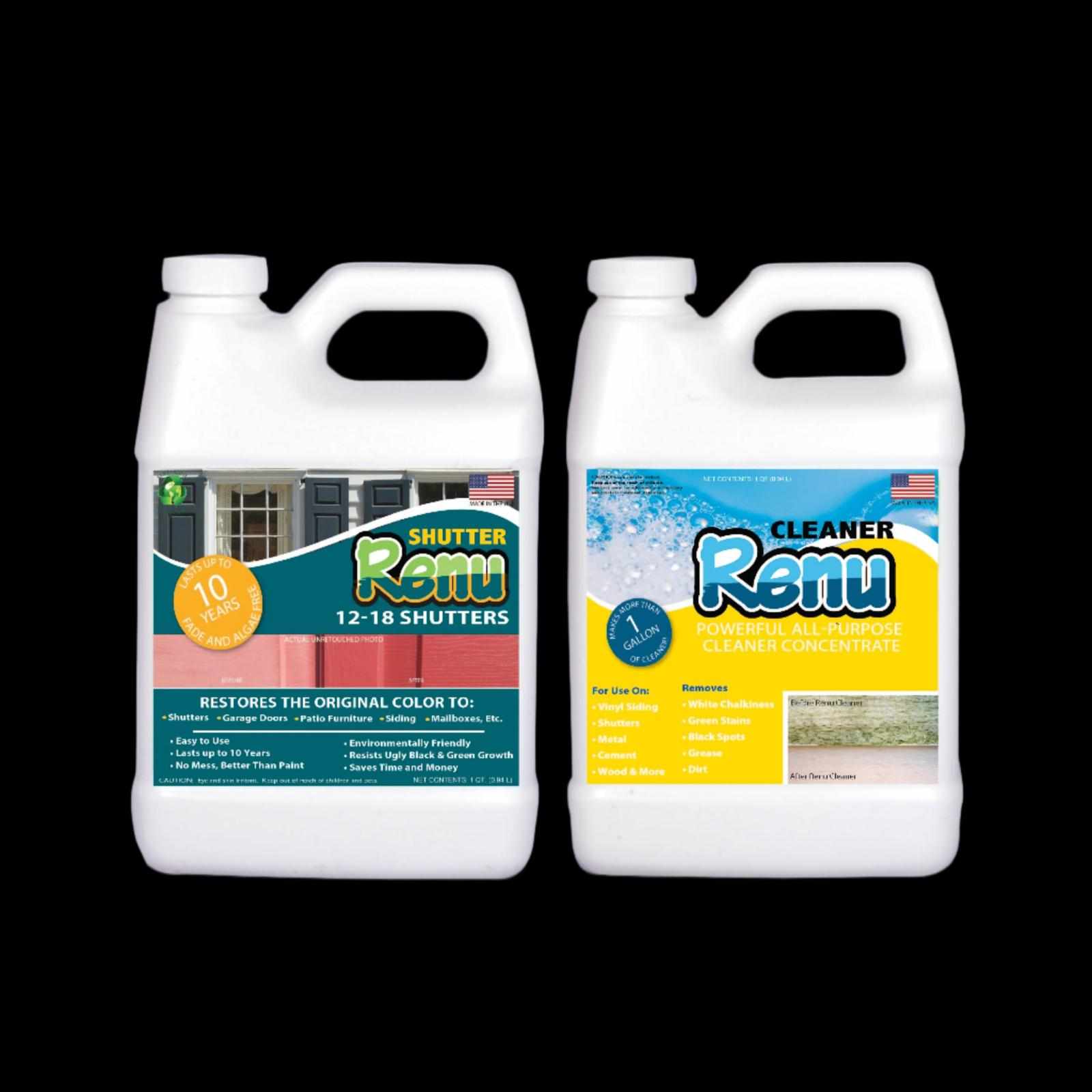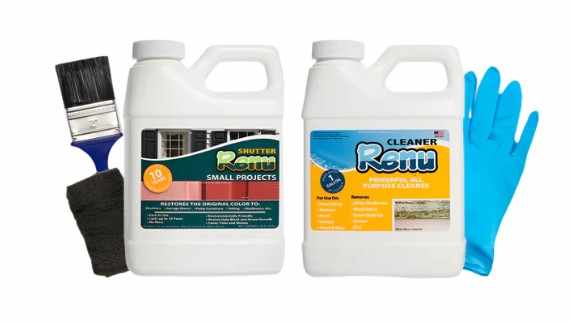
Restoring wooden shutters and furniture has become more than just a home improvement project—it’s about preserving natural beauty while protecting the environment. With the rise of eco-conscious living, many homeowners are searching for sustainable products that enhance durability and aesthetics without harmful chemicals. A high-quality shutter restorer not only revives worn-out shutters but also adds long-lasting protection. In this guide, we’ll explore eco-friendly restoration methods, including non-toxic wood stains and sustainable sealers, to help you maintain both your home and the planet.
Why Choose Eco-Friendly Wood Restoration Products
Traditional wood finishing products often contain harsh chemicals, volatile organic compounds (VOCs), and toxic solvents. These substances can harm indoor air quality and the environment. Eco-friendly alternatives, on the other hand, are designed to:
Reduce harmful emissions
Provide safe use around children and pets
Offer long-lasting durability
Preserve the natural look of wood
Making the switch ensures a healthier home environment while supporting sustainable practices.
The Role of Non-Toxic Wood Stain in Restoration
When restoring shutters, color and finish are essential. A non-toxic wood stain provides rich tones without releasing harmful fumes. These stains are often water-based and formulated from natural ingredients, making them safer for both indoor and outdoor use. For example, applying a walnut or oak shade can highlight the wood’s grain while offering protection against moisture and UV damage. Unlike chemical-heavy stains, eco-friendly versions do not peel or crack as quickly, reducing the need for frequent reapplication.
Protecting Your Shutters with a Sustainable Wood Sealer
After staining, sealing is crucial for long-term durability. A Sustainable wood sealer provides a natural barrier against water, insects, and sun exposure. These eco-friendly sealers are typically made with plant-based oils and biodegradable ingredients, ensuring safe use without compromising performance. For instance, soy-based or linseed oil sealers penetrate deep into the wood, enhancing its natural resilience. By combining a non-toxic stain with a sustainable sealer, homeowners can achieve a beautiful finish that stands the test of time.
Step-by-Step Guide to Restoring Shutters
Clean the Surface: Remove dirt, dust, and old finishes using a mild wood cleaner or light sanding.
Repair Damage: Fix cracks, loose joints, or wood rot before applying any new products.
Apply Stain: Evenly brush or wipe on the eco-friendly stain, following the wood grain for best results.
Seal the Wood: Once dry, coat with a sustainable sealer to lock in colour and add weather resistance.
Maintain Regularly: Reapply sealer as needed and clean shutters with gentle solutions to extend their lifespan.
Benefits of Eco-Friendly Shutter Restoration
Enhances the natural beauty of wood
Provides a safer environment for families
Reduces environmental impact
Increases shutter longevity
Offers cost savings by lowering maintenance frequency
Final Thoughts
Wooden shutters are timeless features that add charm and elegance to homes, but they require proper care to withstand changing weather conditions. Choosing an eco-friendly shutter restorer along with non-toxic stains and sustainable sealers not only protects your investment but also supports a greener lifestyle. With the right products and methods, you can restore shutters to their former glory while making environmentally responsible choices.



Write a comment ...